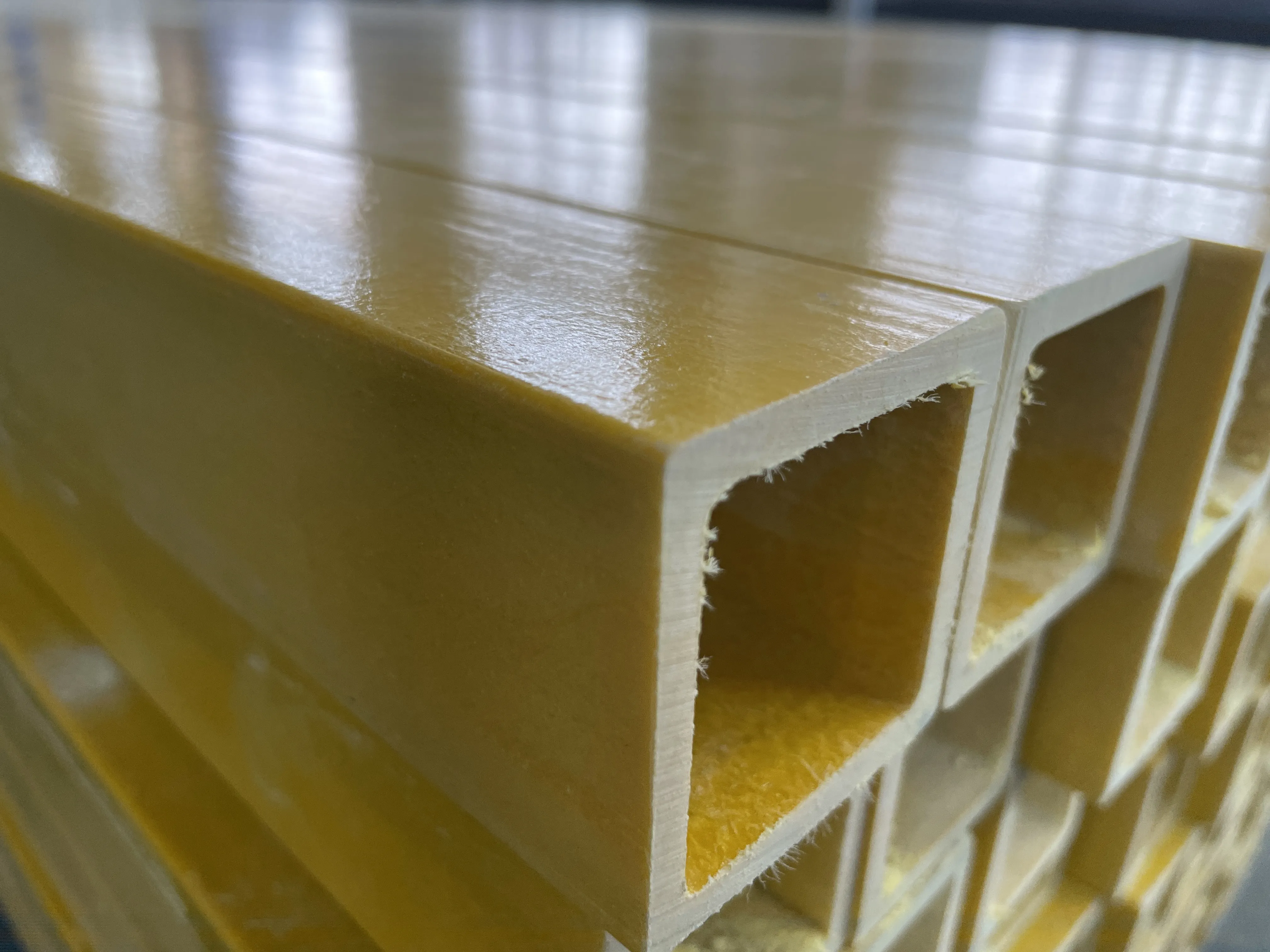loading...
- No. 9, Xingyuan South Street, Dongwaihuan Road, Zaoqiang County, Hengshui, Hebei, China
- admin@zjcomposites.com
- +86 15097380338
- Welcome to visit our website!
Exploring the Advantages and Applications of Fiberglass Reinforced Plastic Square Tubes in Various Industries
Exploring FRP Square Tubes Durability and Versatility in Modern Construction
Fiber Reinforced Polymer (FRP) square tubes have emerged as innovative and efficient alternatives to traditional construction materials like steel and aluminum. The unique properties of FRP composites, characterized by a combination of fiber reinforcements and a polymer matrix, render them particularly advantageous for a variety of applications in the construction industry.
One of the most significant benefits of FRP square tubes is their impressive strength-to-weight ratio. They are significantly lighter than their metallic counterparts, which makes them easier to handle and install. This reduction in weight not only saves on transportation costs but also minimizes the structural load on supporting frameworks. For architects and engineers, this translates into greater design flexibility and the ability to create more innovative structures without compromising safety or stability.
Exploring FRP Square Tubes Durability and Versatility in Modern Construction
Another advantage of FRP square tubes is their versatility. They can be manufactured in a variety of shapes, sizes, and colors, allowing for creative applications in both structural and aesthetic capacities. From being utilized in pedestrian walkways and bridges to serving as decorative elements in innovative architectural designs, the adaptability of FRP composites makes them suitable for a wide range of projects. The ability to customize the material also means that it can be tailored to meet specific engineering requirements, ensuring optimal performance in each unique application.
frp square tube

Moreover, FRP square tubes play a crucial role in improving energy efficiency. The insulating properties of these materials can help reduce thermal conductivity, contributing to better energy performance in buildings. This quality not only aids in maintaining comfortable indoor environments but also aligns with the current emphasis on sustainable construction practices. As the construction industry moves towards greener solutions, the use of FRP materials presents an attractive option for reducing a building's overall carbon footprint.
Safety is another critical consideration in construction, and FRP square tubes provide significant benefits in this area as well. Their non-conductive nature makes them an excellent choice for electrical installations, reducing the risk of accidental electrocution. Moreover, FRP materials are typically flame-retardant, enhancing fire safety in buildings and structures.
Despite these advantages, the adoption of FRP square tubes does not come without challenges. The initial cost of FRP products can be higher than traditional materials. However, when considering the long-term savings associated with reduced maintenance, longevity, and energy efficiency, FRP square tubes often present a cost-effective solution over the lifespan of the structure.
In conclusion, FRP square tubes offer a myriad of advantages that cater to the evolving needs of modern construction. Their lightweight nature, corrosion resistance, versatility, energy efficiency, and safety features position them as a viable alternative to conventional materials. As the industry continues to embrace innovative solutions, FRP square tubes are likely to play an increasingly important role in shaping the future of construction, paving the way for sustainable, durable, and creative architectural solutions.
-
GRP Structures: The Future of Lightweight, High-Performance EngineeringNewsJun.20,2025
-
FRP Water Tank: High-Performance Storage for Corrosive and Clean Water SystemsNewsJun.20,2025
-
FRP Square Tube: The New Industry Standard for Chemical and Structural ApplicationsNewsJun.20,2025
-
FRP Pultruded Profiles: The Ultimate Choice for Lightweight Structural StrengthNewsJun.20,2025
-
FRP Handrails: The Safer, Smarter, and Stronger Choice for Modern InfrastructureNewsJun.20,2025
-
FRP Grating: The Smart Solution for Durable, Lightweight Industrial FlooringNewsJun.20,2025
-
Why Choose a Galvanized Water Tank for Your Storage NeedsNewsMay.21,2025
